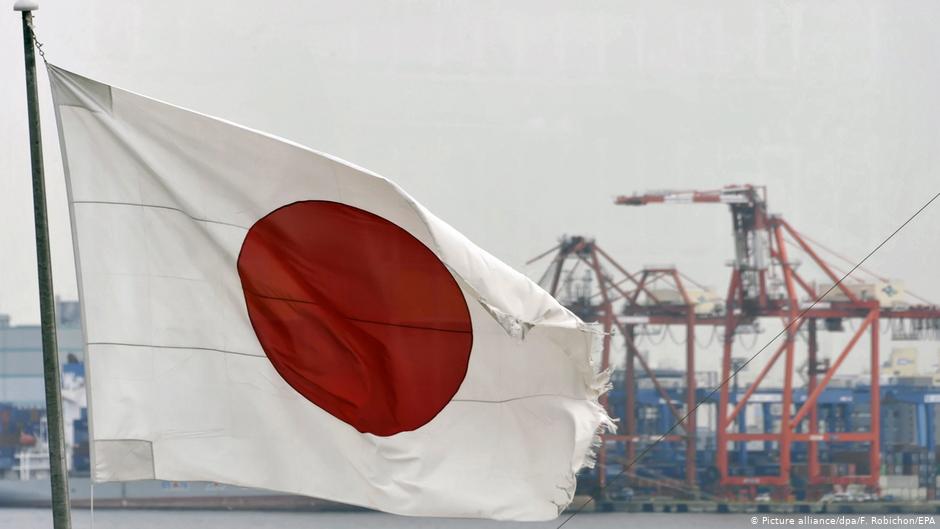Japan-US trade deal: three factors complicate an FTA
Forbes - 30 April 2019
Japan-US trade deal: three factors complicate an FTA
By Ken Roberts
As President Trump prepares his push for a bilateral trade agreement with Japan, the path forward is complicated by at least three factors, despite his apparent warm relationship with Premier and golf partner Shinzo Abe.
First, Japanese vehicle imports are at their highest level in more than a decade.
Second, since President Trump pulled the United States out of the Trans-Pacific Partnership within days of laying claim to the Oval Office in 2017 — a 12-nation agreement that included both the United States and Japan — the other 11 nations have bullied on.
Third, Japan has subsequently concluded a trade pact with the European Union.
While the intent of the TPP was to at isolate China, ironically its successor might now be isolating the United States instead, calling into question the efficacy of Trump’s stated preference for bilateral rather than multilateral trade deals.
First, motor vehicle imports.
Through February, the latest data currently available, U.S. imports from Japan of motor vehicles totaled $6.58 billion. That’s the highest total since the first two months of 2008, when the total reached $8.16 billion. Before the year was over, of course, the U.S. and eventually the world economy were headed into a tailspin, helping doom Republican chances to keep the White House and helping elect a one-term Democratic senator from Illinois by the same of Barrack Obama.
President Obama would, of course, fail to get TPP through the Republican Congress in the waning days of his administration and Democrats would fail to hold on to the White House, leaving it to his Republican successor, Donald Trump, to scuttle U.S. involvement.
But back in 2008, motor vehicle imports from Japan failed to set a record as the economy began to falter, falling 5.2% by year’s end and, as the economy really tanked, another 42% the next year to the lowest level since 1997.
But the U.S. and world economies began a slow and steady climb out of the global economic recession, and so did U.S. imports of Japanese motor vehicles. In 2018, for the first time since 2008, the total topped $40 billion.
And, while U.S. motor vehicle imports from Japan are up less than 2% this year over last, they are indeed up.
Here’s why it matters to Japan: Motor vehicle imports account for almost 29% of all imports from Japan. Toss in the second-ranked import — a major motor vehicle parts category — and the total moves to 33.83%.
That is why President Trump is, totally in character, threatening to place tariffs on Japanese motor vehicles. Or, I should have said motor vehicles entering from Japan. Japan manufactures motor vehicles for U.S. consumption in Canada, Mexico and, of course, the United States. Regardless, President Trump overlooks the somewhat supple nature of global supply chains and views those imports from Japan as his leverage.
The second factor: TPP less the United States, or what is called the Comprehensive and Progressive Agreement for Trans-Pacific Partnership. While the name might not exactly roll off your tongue, the agreement is roiling some U.S. exporters. For what Trump’s decision to withdraw from TPP has done is made U.S. exports to Japan more expensive, relatively speaking, since Canada, Mexico, Chile, New Zealand, Australia and other nations have reduced or are reducing their duties and tariffs. These are all nations interested in selling agricultural products to the Japan, still one of the world’s largest economies.
Take wine, for example. Australia has nice wine. So does California So does Chile. So does New Zealand. California wine has a 15% tariff to enter Japan. Wine entering from Chile does so without tariff. Wine from Australia will eventually drop to zero as well. A bitter pill to swallow, for sure.
This provides leverage for Japan.
The third factor: Japan entered into a free-trade agreement with the European Union. Using the same example, France knows a little something about wine. So does Italy. And Spain. Germany, too. U.S. wines are quickly 15% more expensive. So, too, are U.S. motor vehicles trying to compete against those same Japanese vehicles.
Likewise, this provides leverage for Japan.
The leverage on the last two items is somewhat muted because the United States is Japan’s leading export market and second-ranked trade partner overall, to China.






